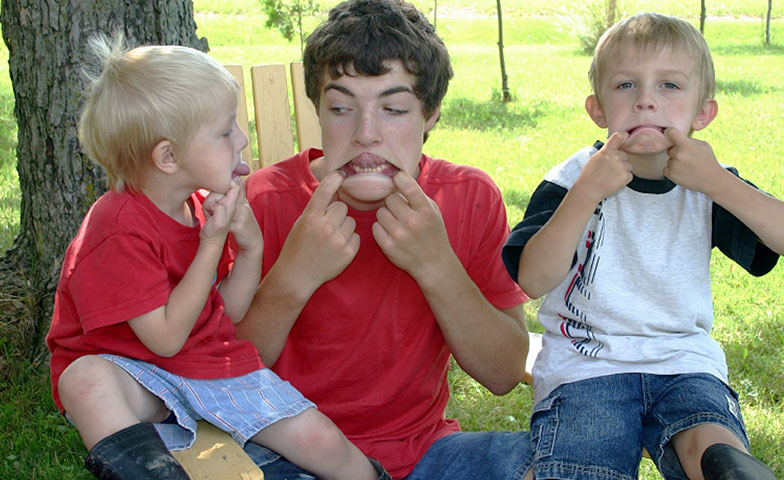Middle school is a transition time for tweens and young teens who may be ready to move on from elementary school but still have much to learn about responsibility and self-reliance.
Guiding students toward these attributes in the classroom is an important goal of educators. But teachers can also encourage students to choose activities outside of school that help develop maturity.
Babysitting can be an ideal after-school job to help students gain a sense of confidence and responsibility that travels back to the classroom.
In an article on adolescents and employment in The Prevention Researcher, author Jeylan Mortimer noted that “work quality was found to be significantly related to teen self-concepts and attitudes. That is, those whose work experiences affirm their capacities as workers (e.g., having jobs that ‘pay well’) and give them opportunities to advance, develop a stronger sense of self-efficacy over time.”
Knowing how to supervise younger children and what to do in an emergency boosts the self-reliance and self-esteem of a young adult. It heightens their awareness of safety inside and outside the home and allows them to feel engaged with their communities as they begin to provide a much-appreciated service.
But, as any teacher knows, babysitters need to offer parents more than just good intentions and enthusiasm.
One of the best ways for young babysitters to prepare for the job and put parents at ease is by taking a babysitting class. These classes teach sitters about the care and safety of young children and how to handle an emergency.
Educators who would like to encourage their students to consider babysitting can suggest starting with Red Cross babysitter’s training. The program offers two options for students ages 11 through 15:
Babysitter’s Training. A six-hour class that includes instruction and hands-on practice in skills such as basic first aid, general child care and behavior management, safety inside and outside of the house, and the basics of starting a babysitting business. It costs $85.
Babysitter’s Training plus Pediatric First Aid/CPR/AED. This course covers all the topics of the basic course and also provides two-year certification in First Aid/CPR/AED. It is nine and one half hours long and costs $140.
Young participants in both of these Red Cross classes take home a handbook packed with information; an emergency reference guide; an interactive CD-ROM featuring games, songs, recipes, and other activities; and an electronic babysitting client organizer.
Middle school has a special place in children’s lives. Educators who encourage students to take on meaningful extracurricular activities during these years keep them ahead of the learning curve—inside school and out.
Grant Hansen is a Director, Product Development (First Aid/CPR/AED & Babysitting) for the American Red Cross.
